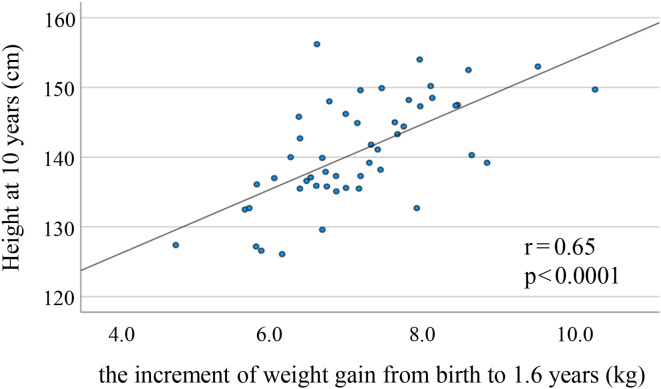Insufficient weight gain under 3 years of age correlates with short stature in school-aged children.
Pub Date : 2023-01-01
DOI:10.1297/cpe.2022-0082
引用次数: 0
Abstract
Karlberg developed the infancy-childhood-puberty (ICP) growth model, which describes human growth from the latter half of intrauterine life to adolescence (1). The components of infancy, childhood, and puberty periods depend on nutrition, GH, and the synergism between sex steroids and GH, respectively. The periods of infancy and childhood are defined as the durations from the latter half of intrauterine life to approximately 3 yr of age and from approximately 1.5 yr of age to adolescence, respectively. Some children show insufficient weight gain at approximately 1 yr of age, just after weaning. If such children show inadequate weight gain because of poor dietary intake, their growth velocity will also decrease, especially in those younger than 3 yr. We hypothesized that insufficient weight gain in infants and toddlers may not only lead to underweight but also to short stature during childhood, and that this trend will follow through adolescence. This hypothesis has not previously been validated. Therefore, we investigated the relationship between height and incremental weight gain in children under 3 yr of age and in children with ages ranging from 3 yr to pubertal age. The data presented below represent the initial auxological findings regarding the relationship between weight gain and stature in children.



3岁以下体重增加不足与学龄儿童身材矮小有关。
本文章由计算机程序翻译,如有差异,请以英文原文为准。
求助全文
约1分钟内获得全文
求助全文
 求助内容:
求助内容: 应助结果提醒方式:
应助结果提醒方式:


